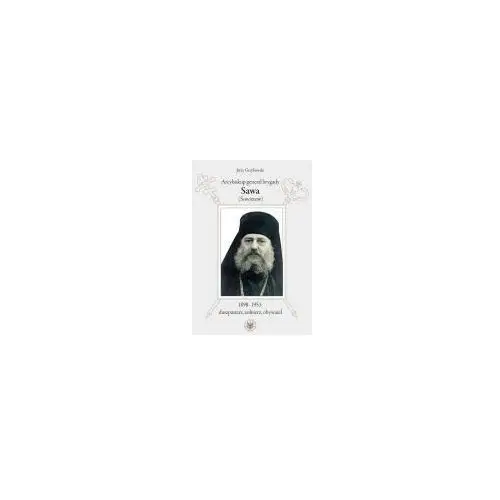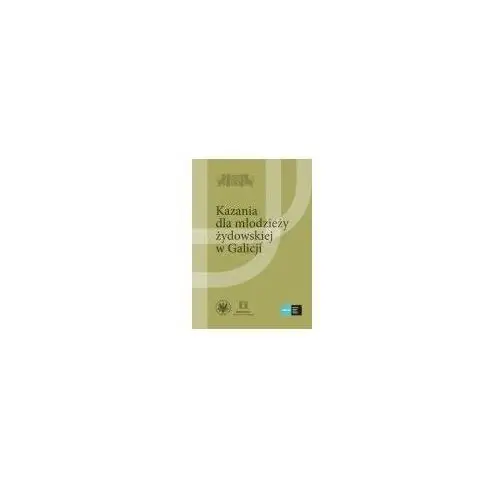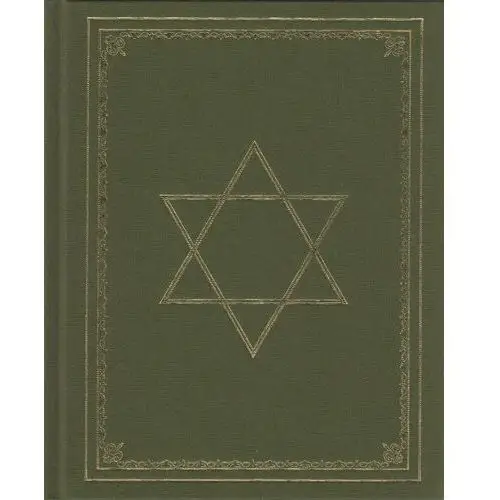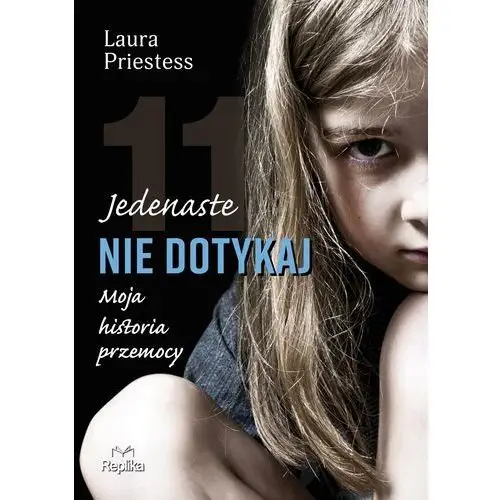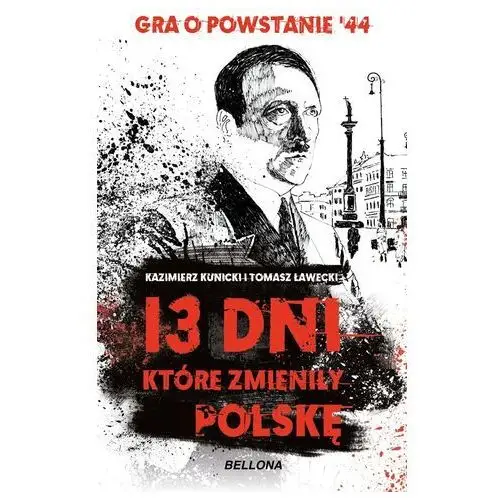Monety antyczne (tj. Greckie, celtyckie i rzymskie, wyemitowane do początku VI w. Po Chr.) stanowią niewielką część datowanych na średniowiecze i epokę nowożytną skarbów i innych zespołów zabytków znajdowanych w Europie Środkowej, Wschodniej i Północnej.
Monety takie były ponadto odnotowywane w kontekstach grobowych i osadniczych z tego samego okresu. W znaleziskach trafiały się m.in. Monety wyekwipowane w otwór, co sugeruje, że były one używane jako amulety lub ozdoby.
Monografia zawiera teksty autorstwa naukowców z Polski, Niemiec, Czech, Szwecji i Danii. Celem ich rozważań opartych na źródłach archeologicznych, numizmatycznych i pisanych było zbadanie problemu używania monet antycznych na terenie obecnych krajów bałtyckich, zachodniej Rosji, Białorusi, Ukrainy, Słowacji, Czech, wschodnich Niemiec i w Skandynawii, w przybliżeniu między VII w.
a przełomem XVIII w. ****** Slivers of the Antiquity. The Use of Ancient Coins in Central, Eastern and Northern Europe in the Medieval and Modern Periods Ancient coinage (understood here as pre-AD 6th century Greek, Celtic and Roman issues) constitutes a small percentage of hoards and other assemblages found in Central, Eastern and Northern Europe, dated to the Middle Ages and to the modern period.
Ancient coins have also been recorded at other sites in contexts dated to the same time, such as burial or settlement sites. Finds sometimes include pierced coins, which suggests they may have been used as amulets or jewellery.
The book contains the texts written aby researchers from Poland, Germany, the Czech Republic, Sweden and Denmark. The aim of their studies of the archaeological, numismatic and written sources was to examine the use of ancient coins in the territories of present-day Poland, Baltic States, western Russia, Belarus, Ukraine, Slovakia, the Czech Republic, eastern Germany and Scandinavia in a period spanning from approximately 7th century to the turn of the 18th century.





